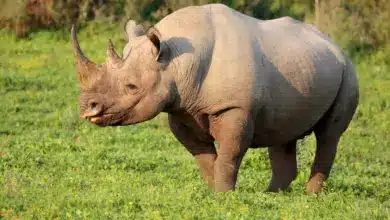Wild Animal Facts
Perhaps the most important movie of the summer–if not the year, “The Cove” depicts an undercover journalistic investigation into the horrific annual slaughter of dolphins in a Japanese fishing town.
[ez-toc]

The Cove” has elements of an edge-of-seat thriller, but it is not fiction. With luck, it will help to end the cruel practice of herding dolphins to their death in order to use them as food. Click to view a trailer.



